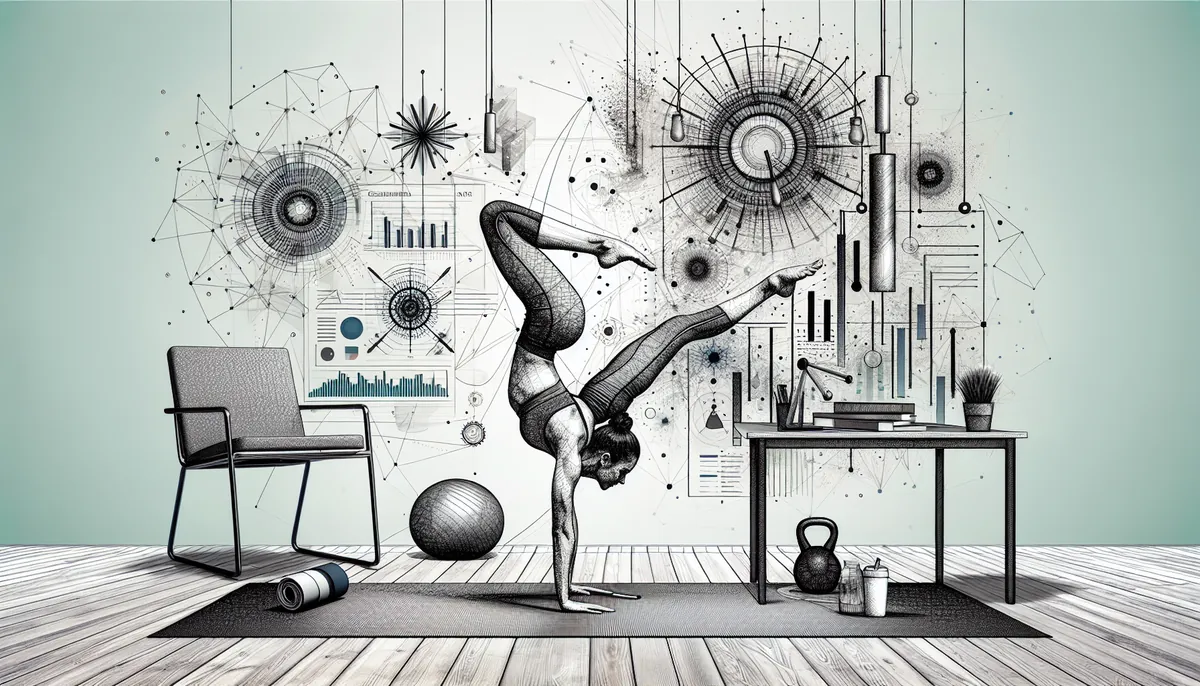Do you ever wonder why yoga practitioners and teachers rave about inversions? These gravity-defying poses seem daunting at first, but they hold the key to numerous benefits that can elevate your yoga practice. Finding the courage to go upside down is not just about physical ability—it challenges your mind to face fears and embrace the unique perspective inversions offer.
Inversions can range from simple forward bends to complex headstands. For beginners, understanding the basics and mastering the foundational inversions is crucial for safety and effectiveness. In this post, we will explore essential inversions perfect for beginners, discuss their benefits, and provide tips to safely incorporate them into your yoga routine.
Table of Contents
Benefits of Inversions
Inversions offer a multitude of benefits that can enhance both your physical and mental well-being. Here are some notable advantages:
- Improved circulation: By being upside down, your blood flow changes direction, encouraging enhanced circulation and lymphatic drainage.
- Enhanced balance and coordination: Practicing inversions challenges your body’s balance, improving overall stability.
- Stress relief: Inversions can activate the parasympathetic nervous system, promoting relaxation and reducing stress levels.
- Strength and flexibility: Inversions engage your core muscles and require flexibility, enhancing both these aspects over time.
Inversions can be a transformative aspect of your yoga practice, promoting a sense of calmness and stillness. For more on achieving mental balance through yoga, explore Yoga and Mindfulness: A Path to Inner Peace.
Preparing for Your First Inversions
Before diving into your inversion practice, it’s essential to adequately prepare your body to handle the physical demands. Here are some steps to consider:
- Warm-up thoroughly: Focus on warming up the shoulders, wrists, core, and other muscle groups to prevent injury.
- Start small: Incorporate gentle inversions, like Downward Facing Dog, before advancing to more intense poses.
- Use support: Utilize walls or have an experienced yoga partner spot you to ensure safety.
- Focus on breath: Maintain steady breathing to stabilize your focus and support your alignment.
Remember, preparation doesn’t just enhance performance—it also reduces the risk of injury. For further preparation tips, check out the Beginner’s Guide to Kriya Yoga Cleansing Techniques.
Essential Beginner Inversions
1. Downward Facing Dog (Adho Mukha Svanasana)
A cornerstone of yoga practice, Downward Facing Dog is a partial inversion where your head dips below the heart level. It’s a great starting point for beginners to build strength and body awareness.
- How to practice: From a plank position, lift your hips towards the ceiling, forming an inverted V shape. Keep your feet hip-width apart and hands shoulder-width apart.
- Benefits: Strengthens your arms, shoulders and enhances flexibility in the hamstrings.
2. Dolphin Pose (Ardha Pincha Mayurasana)
Progressing from Downward Facing Dog, Dolphin Pose intensifies the shoulder and core work, while keeping your feet and head grounded.
- How to practice: From Downward Facing Dog, lower your forearms to the mat, ensuring they are parallel.
- Benefits: Strengthens shoulders, arms, and upper body while preparing for more advanced inversions like Forearm Stand.
3. Supported Shoulderstand (Salamba Sarvangasana)
This full inversion is a more advanced pose for beginners ready to challenge themselves, but with foundational safety in place—like a wall or bolster.
- How to practice: Lie on your back, lift your legs over your head to raise your hips, and support your lower back with your hands.
- Benefits: Enhances circulation, boosts thyroid health, and improves core strength.
As you master these foundational inversions, consider diving into our guide on Sirsasana: A Guide to Safe Headstands to advance your practice even further.
Conclusion
Starting with simple inversions like Downward Facing Dog and Dolphin Pose, then progressing to Supported Shoulderstand can set any beginner on a solid path towards mastering inversions. These poses not only strengthen your body but also improve your mental focus and stability.
Ready to reverse your perspective? Start including these inversions in your practice to unlock a new realm of yoga benefits. Share your inversion journey with friends, or better yet, invite them to join you in welcoming the upside-down world of yoga. What inversion are you excited to try today? Let us know in the comments below!
